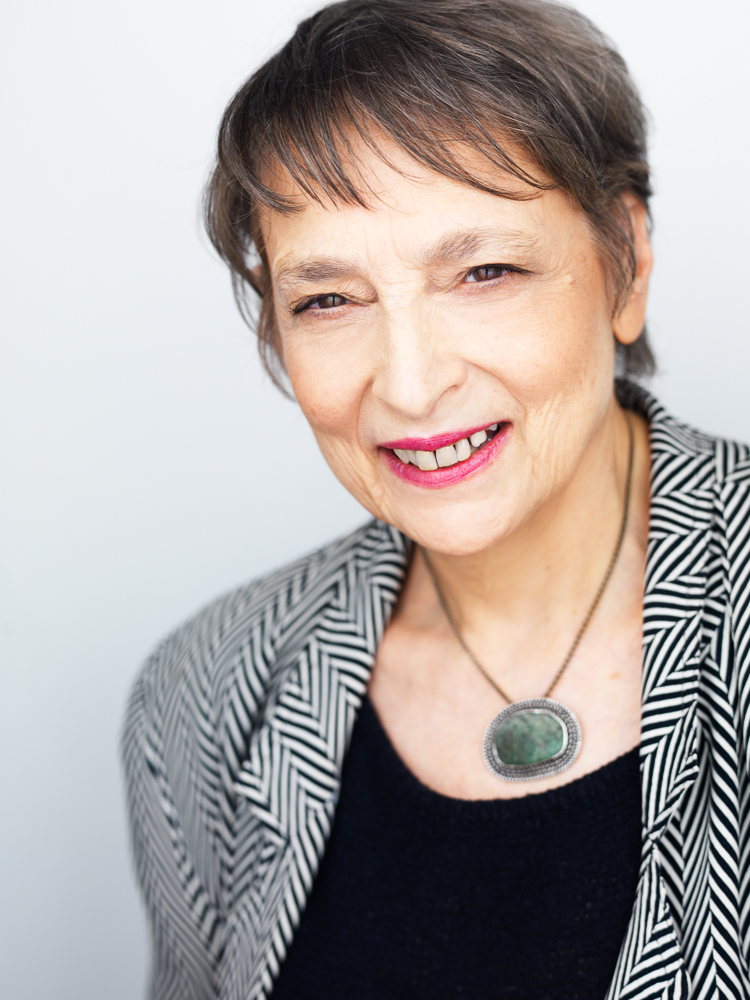Nev, welcome to my blog. It’s a privilege for me to introduce you to my readers. I’ve always admired your work. Congratulations on the success of The Spanish Diplomat’s Secret.

- Your biography states that after a long corporate career you returned to your passion for writing. From the outside, my impression is that you went from corporate duties to a writers’ group to a contract for an historical mystery series with a major publisher. Every aspiring author’s dream. Was creative writing new for you or had you written as a child? I’m fascinated by author journeys.
I wrote many stories as a child. It was a way of processing complex situations–going over them and trying to understand adult interactions. I imagine that when parents’ keep a child from ‘making up things’ it likely comes from a place of protection but could reflect a deep fear of allowing a deceptive personality to develop. Is there a story there? Children playact and have rich inner lives which tend to fade as they are drawn into school, friendships, homework and family chores.
I began to read quite early and devoured hundreds of Readers Digest magazines and condensed novels before I was ten. Reading became the discovery of new worlds and people, who said things I couldn’t imagine my conservative family ever discussing. As a child I was quite sheltered, so reading opened the world to me. Writing my own stories seemed an obvious progression.
- Why did you choose the mystery genre?
Puzzles fascinate me, because like many people, I have an urge to clarify, find the truth, make order from confusion. My debut novel Murder in Old Bombay came from a desire to solve a 130 year old tragedy, which was still unsolved. Criminal acts repulse and also intrigue me because I want understand something so alien to an ordered existence. Mysteries are really two stories – what appears to have happened, and what really happened. The smarter the antagonist, the more devious and convoluted the story!
As I write mysteries I enjoy the process of discovery, each step leading to the next. But I also enjoy surprises. So life usually throws a spanner in the works, my detective misses his train, gets rained on, forgets his gun at home and ends up in trouble. Ultimately, I write histories because I want wickedness to be found out. But as I write, occasionally I come up against grey areas which are not so easily docketed, where justice is unclear, or inverted (the character who seems to be the villain is really a victim). Exploring the boundaries of morality and ethics is immensely rewarding. I feel like I’m bringing a gem to my readers, saying, “look at this—can you imagine? Here’s something you might not have ever considered.” As writers we want to mine for the truth, and find exciting ways to share these truths.

- For me, a dazzling quality in your first two novels is the many layers of society you bring to life through your characters’ interactions. It’s as if you have a deep interest in how a society functions and what its fracture points are, as action unfolds. First of all, do you agree? I’ve wondered if your sensitivity to social layers comes from being a Zoroastrian in a world of Hindus and Muslims first, then among Christians, secularists and Jews?
I’m reminded of a line from the movie the Holdovers: History is not just a record of the past, it’s an explanation of the present! Understanding how groups interact in society tells us so much about the implicit hierarchies of social status and power dynamics. In each of my books, people from different communities confront each other, work against each other, ally with each other and misunderstand each other. My protagonists also make unexpected friends, and often break out of the pattern expected for their station in life.
Where does this come from? As a teen I had friends in different Hindu castes, my best friends were three Anglo-Indian sisters, and I even went to midnight mass with them! In college my friends were a Muslim girl, a Sindhi, a south Indian Hindu and a Gujarati (Hindus). I did not live in a “Baug” like many other Parsi Zoroastrians, but we had friends and relatives we met constantly. My mother had deep friendships with a Jewish family, so I felt quite at home in that culture as well.
I’m deeply interested in the fracture points, to show how groups discriminate against someone, and how even decent people act based on stereotypes. Our American society is also hierarchical—I’ve attended a number of corporate events where, as a woman of color, I felt invisible. Sure, it’s less obvious than during the Jim Crowe era or in Colonial India, but it’s visible to anyone who’s willing to see. So, my immigrant sleuths offer an outsider perspective, and hold up a mirror to readers. Sometimes the truth is more apparent to those who have not become inured to it.
- Many of our celebrations originated in ancient rituals with spiritual significance: Halloween is one, Easter eggs another. Yet they are now bland and commercial. Why did you become interested in Easter eggs, and do you think modern readers can get back in contact with the terror or reverence that inspired our ancestors’ rituals?
In each of my books I have a few “easter eggs” – references to Shakespeare, Sherlock Holmes, and also Zoroastrian culture and ancient customs. Like road names, today’s festivals are the remnants of an earlier time, when they meant something deep and profound, providing a sense of community and solidarity, or spiritual connection. Ancient rituals are intriguing when you learn the reasoning behind them. In The Spanish Diplomat’s Secret, Diana uses an archaic “Book and key method” of finding lost valuables. In the vernacular it’s called “chavee ferah-vanu” (to turn the key). As a teen I’ve watched it performed twice by my mum and grandmother, and also performed it with my mother. It worked all three times! It’s quite an eerie feeling when the key turns, as though by itself, though there is probably an entirely rational explanation. Read about it in The Spanish Diplomat’s Secret! Often, we’ve forgotten the reason behind our customs, so they become mechanical and meaningless. That’s why I try to preserve some in my writing, as though I’m pressing flowers into a book to hold on to their charm.

- Today, we’re celebrating the paperback edition of the Spanish Diplomat’s Secret. When can we look for your fourth book?
My fourth book in the series will be published in May 2025. In it, Captain Jim and Diana come back to India, and face the disapproval of the influential Parsi bigwigs while they try to save Diana’s brother from the gallows! I knew when I was writing the first book that they would return one day, and that only something truly dire would bring them back. Writing this book was such a rollicking ride and made me laugh out loud at times! Returning to the characters of Murder in Old Bombay was an absolute joy. Hoping we can talk more when it’s published.

Thanks so much, Loretta, for the opportunity to chat in your blog!
Nev’s links are:
https://us.macmillan.com/books/9781250813824/murderinoldbombayhttps://us.macmillan.com/books/9781250855053/perilattheexpositionhttps://us.macmillan.com/books/9781250855084/thespanishdiplomatssecret

